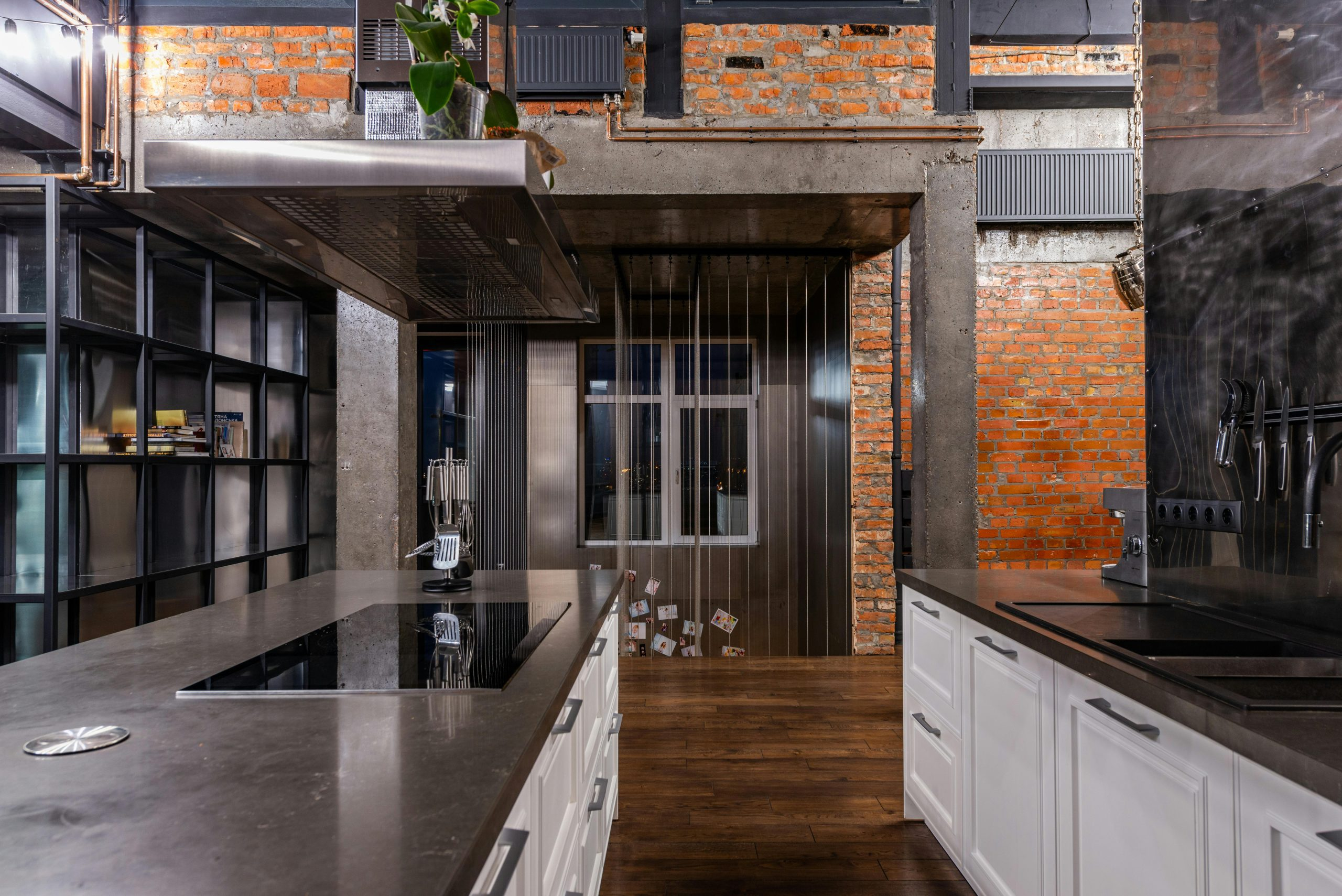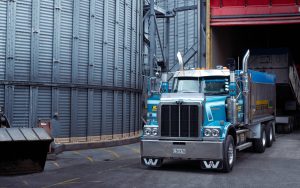Industrial Real Estate’s Flight to Quality: Why Older Properties Struggle
In recent years, the industrial real estate market has seen a significant shift towards quality over quantity. With the rise of e-commerce and the increasing demand for efficient and modern warehouse space, developers and investors are focusing on new, state-of-the-art properties. This trend has left many older industrial properties struggling to keep up, with vacancies piling up and rents plummeting. In this article, we will explore the reasons behind this “flight to quality” in industrial real estate and its impact on older properties.
The Rise of E-Commerce
The rapid growth of e-commerce has completely transformed the retail landscape, and with it, the industrial real estate market. With consumers now preferring the convenience of online shopping, retailers have been forced to adapt their supply chain strategies to meet the demand for fast and efficient delivery. This has resulted in a surge in demand for large, modern warehouses located in strategic locations close to major population centers.
The Appeal of Newer Properties
When it comes to e-commerce, speed is crucial. Newer industrial properties offer features such as higher ceilings, wider column spacing, and more loading docks, allowing for faster and more efficient movement of goods. They also often come equipped with advanced technology, such as automated material handling systems and digital inventory management, which greatly improve the speed and accuracy of order fulfillment. Older properties simply cannot compete with the level of efficiency and productivity that newer properties offer.
Changing Consumer Preferences
In addition to the rise of e-commerce, consumer preferences have also shifted towards newer, more modern industrial properties. With the increasing popularity of “buy online, pick up in-store” (BOPIS) options, retailers need warehouses that are equipped with features such as designated pickup areas and ample parking to accommodate the high volume of customer traffic. These features are often lacking in older properties, making them less attractive to retailers.
The Impact on Older Properties
As the demand for newer, modern industrial properties continues to rise, older properties are struggling to keep up. Many of these properties were built decades ago and are not equipped to handle the needs of today’s industrial users. As a result, they are experiencing higher vacancies and lower rents, making them less profitable for owners and investors.
High Vacancy Rates
One of the main challenges facing older industrial properties is high vacancy rates. With the majority of demand focused on newer properties, older properties have a harder time attracting tenants. This is especially true in markets where there is an oversupply of older properties, creating a highly competitive environment for owners and investors.
Decreasing Rents
Due to the high vacancy rates and lower demand, rents for older industrial properties are also decreasing. In order to attract tenants, landlords are often forced to offer lower rents and more attractive lease terms. This can significantly decrease the return on investment for owners and investors, making older properties a less desirable option.
The Future for Older Properties
Despite the challenges facing older industrial properties, there is still hope for these aging assets. Some investors are starting to see the potential in renovating and repositioning older properties to meet the demands of modern industrial users. By updating the features and technology in these properties, they can better compete with newer properties and attract tenants.
Opportunities for Adaptive Reuse
In some cases, older industrial properties can be repurposed for other uses, such as office space or mixed-use developments. With the rise in popularity of urban infill projects, there is a growing demand for these types of adaptive reuse projects. This can provide a new lease on life for older industrial properties and generate higher returns for owners and investors.
Revitalization Through Redevelopment
Another option for older industrial properties is redevelopment. In areas where there is limited land available for new development, repurposing older properties into new, modern industrial facilities can be a profitable venture. This not only benefits the owners and investors but also helps revitalize neighborhoods and communities.
In conclusion, the “flight to quality” in industrial real estate has created a challenging environment for older properties. However, with the right strategies and investments, these properties can still remain a valuable asset in the market. As consumer preferences and market conditions continue to evolve, it will be crucial for owners and investors to adapt and find new ways to make older properties competitive and profitable in the ever-changing industrial real estate landscape.











